Table of Contents
ToggleForgotten Leaders
When we list the presidents that have served Americans across history, we tend to stick to the 45 men that have served in the office of President of the United States.
However, between the nation’s independence in 1776 and the creation of the position of U.S. President in 1789, someone had to be in charge. These men are either forgotten as leaders of this emerging country or wrongly listed as presidents alongside those that took office from 1789.
John Hanson is often called the first President of the United States in Congress Assembled. But who was he, what does this title mean, and why do some believe that he wasn’t the first at all?
John Hanson’s Background
Hanson was the son of a plantation owner in Port Tobacco, Maryland, and his father was also part of the Maryland General Assembly. John started out following in his father’s footsteps on the plantation and into politics with some key county roles before moving into state politics in later life.
During the Revolutionary War, he would gain attention for his actions and influence while serving his state of Maryland. He was a signatory on the Association of Freeman, which called for military resistance to the Coercive Acts and the Chairman of the Committee of Observation that helped send troops to George Washington’s army. Furthermore, he was part of the meeting of Maryland delegates to persuade the Continental Congress to declare independence.
His reputation stems from his actions and hands-on approach in the war and his role as a financier. This would all serve him well in his future political career. It is reported that he paid soldiers out of his own pocket. He was also a practical man, making ammunition, raising funds, dealing with people directly rather than through policy.
Hanson was elected to Maryland’s House Of Delegates after the conflict in 1777 and then to the Second Continental Congress in 1779. During this time, the Articles of Confederation were still not ratified, partly due to his home state of Maryland. He would help by partially brokering a compromise and signing the document into power after the ratification process.
Was John Hanson the First President of the United States?
We can say this is certainly not the case as there is a difference between the role he took and the presidential role today. George Washington was the first President of The United States, but there was a series of presidents of the United States in Congress Assembled before him.
The old role came about from the creation of the Articles of Confederation, a document signed in 1781 that acted as the origins of the later Constitution of the United States. It didn’t take long for officials across the 13 states to realize that the Articles of Confederation were not fit for purpose and that the nation’s governmental system needed an overhaul. In doing so, they removed the role of President of the United States in Congress Assembled and replaced it with the President of the United States.
Was John Hanson Even The First President of the United States in Congress Assembled?
There is little doubt that George Washington was the first President of the United States. But, there is a little more debate surrounding the previous role of the President of the United States in Congress Assembled. The title often goes to Hanson in American history books and official records because of the timing of his nomination and the length of his term. However, there are other factors and leaders to consider.
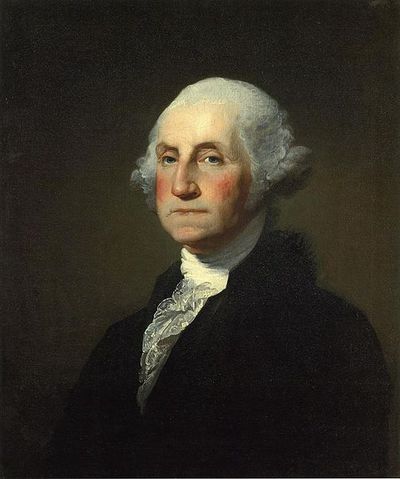
Was it John Hanson, Samuel Huntington, Samuel Johnston, or Thomas McKean?
Many say that the title of the first president belongs to Samuel Huntington. He was the official head when the Articles of Confederation came into effect in March of 1781. He continued to work under the new terms as an acting president.
This would leave founding father John Hanson as the first elected President of the United States in Congress Assembled following the ratification of the Articles of Confederation. He was undoubtedly an obvious candidate for the job based on his political career and role in signing in the Articles of Confederation. However, this isn’t entirely accurate either. Hanson was instead the first to be elected and then agree to the role.
Before this, the nomination went to Samuel Johnston on July 9th, 1781. We have to remember that this was all before the democratic process of nominations and elections created for the current role of President of the United States. Johnston was selected but then refused the role due to other political ambitions. This led Thomas McKean to take over for a few months before resigning in October. Only then did Hanson take the position for his full year of office.
Therefore, while all four men claim to be the first in some regard, none have a great case. Hanson was the first elected president to serve a full term, but he was the third to take the role and the second to agree to do so after an election process.
Why do Some People Believe That John Hanson was First Black President of the United States?
Outside of the debate over whether John Hanson was the first president of either the United States or The Constitutional Congress, another emerged in recent years. Barack Obama is rightly recognized as the first black President of the United States. However, there was a short-lived argument that John Hanson should have that title. John Hanson was white, so why were people so confused?
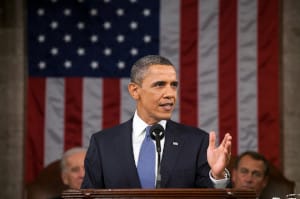
It seems that some people found an image of the Liberian senator John Hanson, who was in politics at a similar time and believed this to be the American John Hanson. Naturally, this sort of online misinformation has spread, and references to the error remain.
This mistake is more interesting because this white former president was a slave owner. Hanson reportedly owned 11 slaves at the time of his death and was involved with plantations all of his life.
John Hanson’s Time as President of the United States in Congress Assembled
At the time, the president’s role was seen as ceremonial due to the power of legislative and elective government falling to Congress. He was there to preside over meetings and sign documents more than anything else. Hanson is said to have not enjoyed the role at first, but that doesn’t sound surprising considering the level of hands-on work he took part in before his nomination.
Hanson’s time in office was short-lived due to the nature of the term limits. He was sworn in on November 5th, 1781, and then out on November 3rd, 1782. He had plans to quit much sooner but saw out the full term.
President Hanson was keen to resign from the role early because he had concerns for his health and family life. He stayed out of a sense of duty as there was no due process in place to bring in a successor if he resigned. Luckily for the weary president, the terms of office at the time were a single year and not the four-year terms we have today.
John Hanson’s Life After the Presidency
Hanson would retire from politics entirely after his term and died not long after. It is questionable if his health in this last year may have been better had he not been convinced to continue in the position for the full year.

Get Smarter on US News, History, and the Constitution
Join the thousands of fellow patriots who rely on our 5-minute newsletter to stay informed on the key events and trends that shaped our nation's past and continue to shape its present.
Almost a year after he left office, Hanson died while visiting the plantation of a nephew in Maryland and was buried there. He was just 62, and did not live to see the Constitutional Convention take place or anyone take the new title of President of the United States.
John Hanson’s Legacy Today
It is a combination of the nature of the role and the short time in office that makes Hanson’s part in presidential history so easy to forget. The period between independence and the ratification of the Constitution was a transitional one, where the nation was figuring out how best to be truly self-sufficient and run as an effective democracy. In a way, the President of the United States in Congress Assembled was there simply because someone had to be in charge in some form.
Still, the legacy of John Hanson is an interesting one when we consider all that happened in his life and the confusion over his role. The misidentification of the Liberian senator shows how little we think of him these days.
Furthermore, there are still conflicting opinions over his influence and how he should be remembered. Recently there were calls for a statue of him at Maryland’s Statuary Hall to be replaced with one of Harriet Tubman. It seems that regardless of his status as the first of anything presidential, he will continue to fade away.
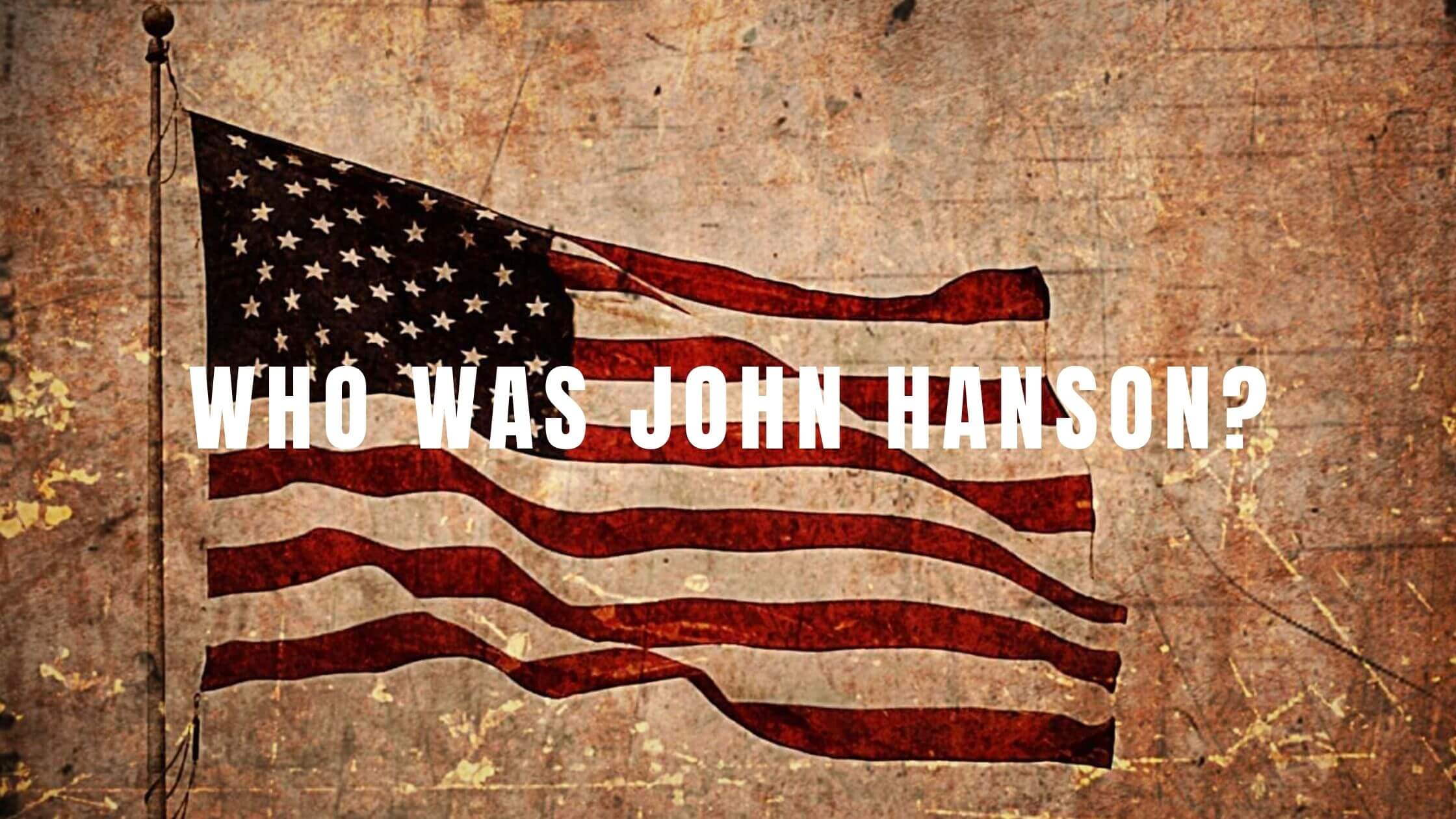

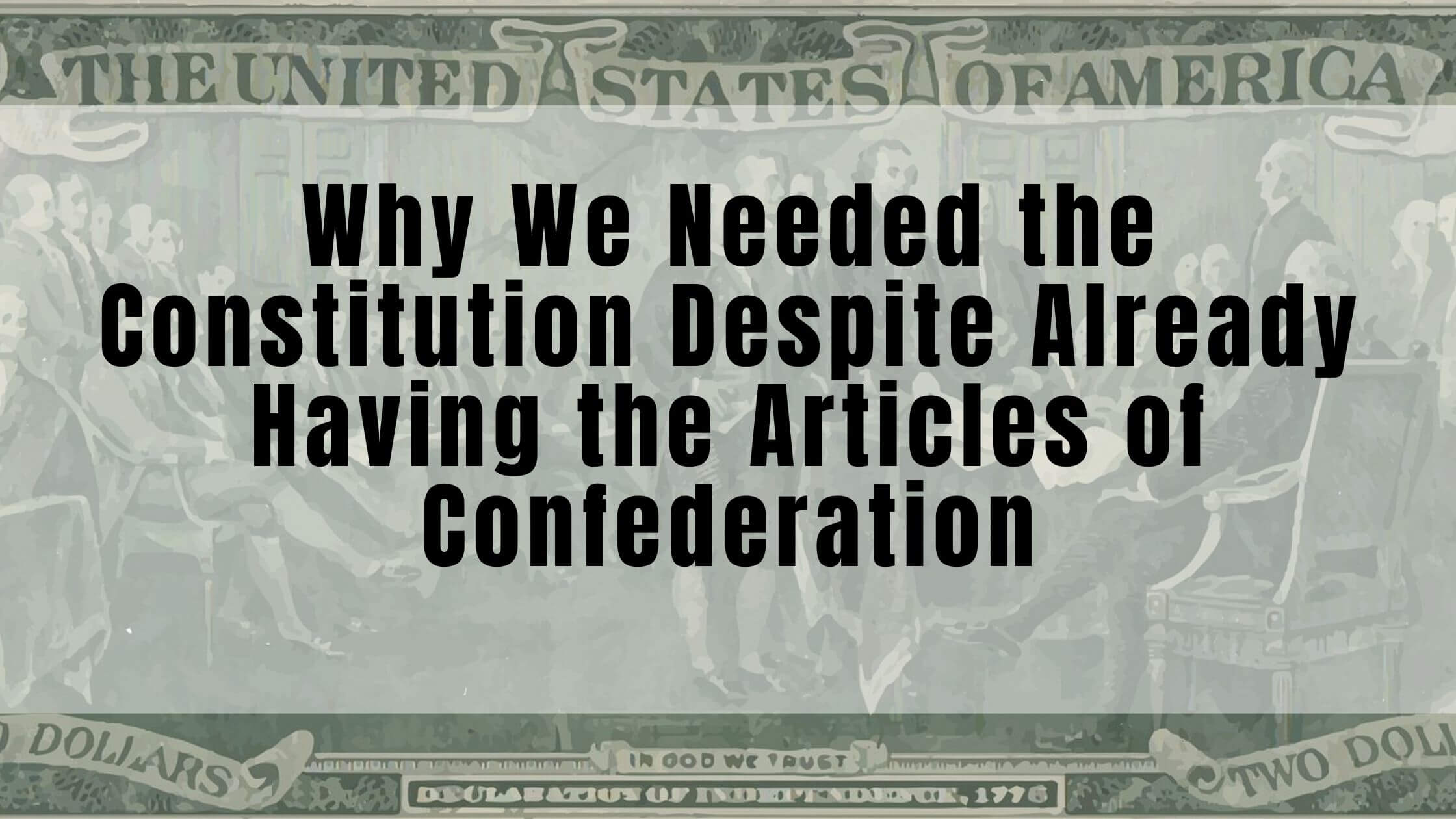
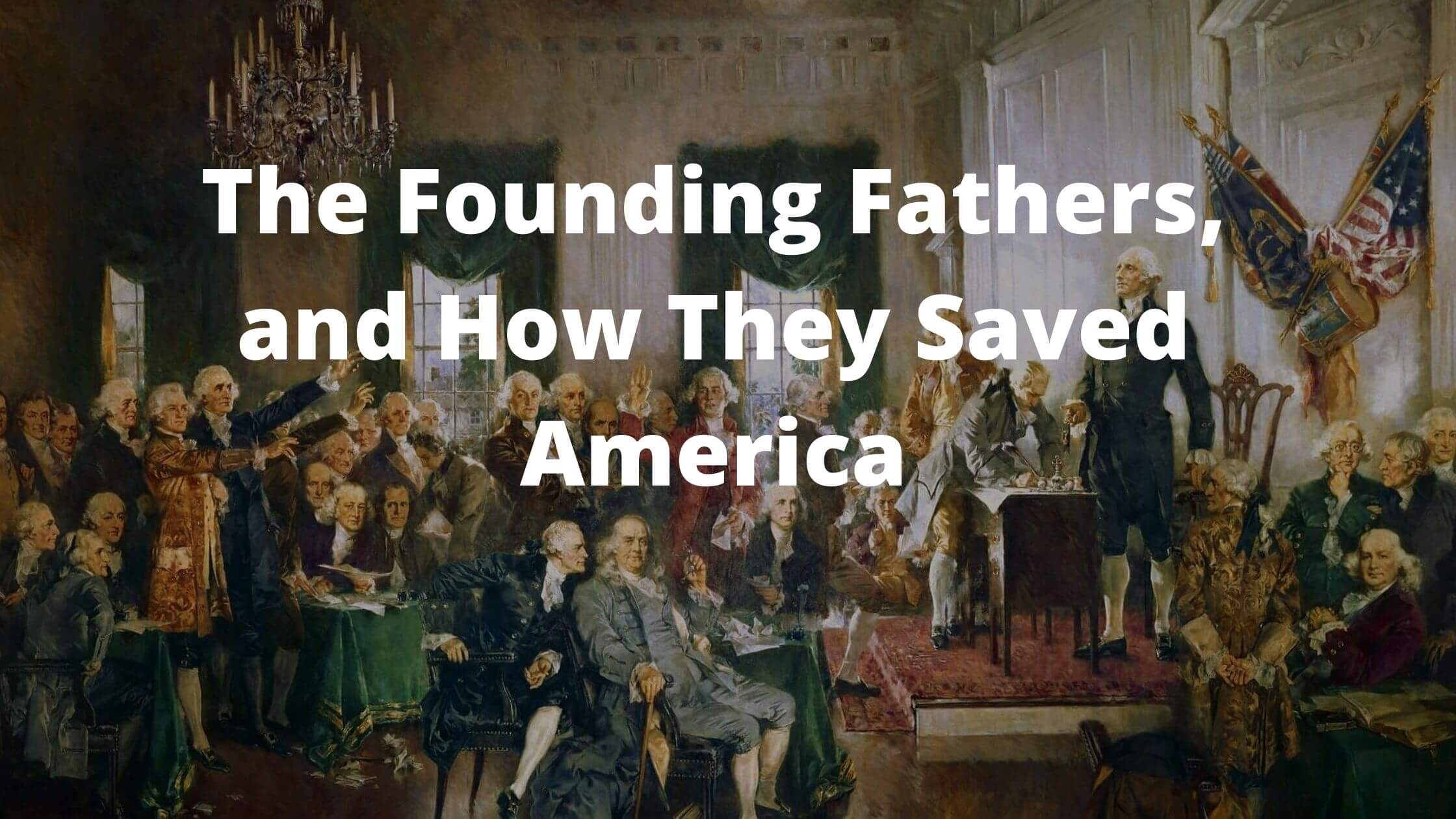








One Response
During the time of Hanson’s presidency , the law was if your father was a white, then you were white and free. If your father allowed you to be free. So, if Mr Hanson grandmother was black. We may want to look at his features. Fir me he has very full lips .. but we will never know..